Hemp Plastics: 7 Ways Hemp Can Change The World
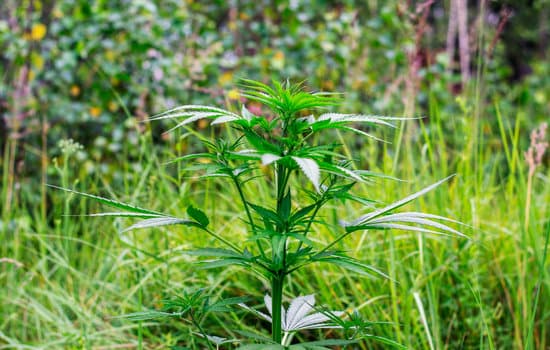
Hemp Plastics: 7 Ways Hemp Can Change The World
Hemp is a wonder plant. It can produce biofuel, hempcrete for building, and more.
In fact, an entire car top to bottom can be made from hemp products, and even run on hemp biofuel.
Many are familiar with hemp as a medicinal supplement and its famous cannabinoid CBD.
However, in this article, we are focusing on hemp plastics and their potential to be a major catalyst in reversing climate change.
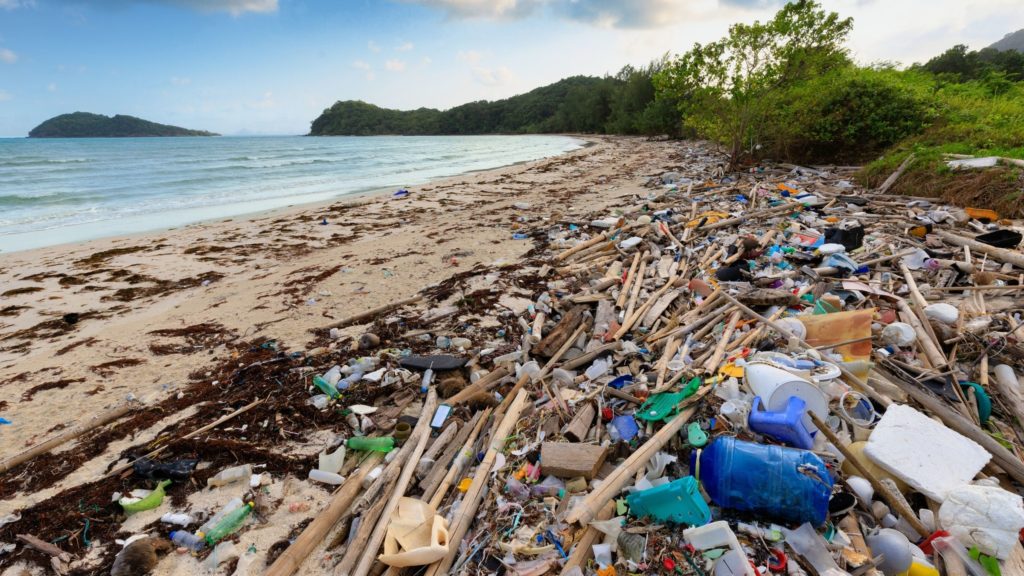
The Dangers Of Plastic
Did you know that plastic takes between 500-1,000 years to degrade?
During that process, millions if not billions of microplastics are dispersed into the environment, which gets into our waterways, food, and air.
Microplastics cause irreparable damage to the human body.
Since they are in the soil and the water, they are also in our food.
We ingest them on a daily basis without even knowing.
Some sources say that our great-grandchildren will be born with micro-plastics in their bodies since they are present in human cells. Read more about microplastics and their devastating effects in this article.
Furthermore, plastic pollution is quickly destroying our planet.
The earth could complete four entire planet rotations to equivocate the amount of plastic being thrown away every year.
Unfortunately, each day, these numbers are increasing.
Every year, around 35 billion disposable plastic water bottles are thrown away by just Americans alone.
Plastic pollution damages natural ecosystems in numerous ways.
For one, it accumulates in masses on seashores and even forms island formations entirely made of waste.
Even worse, this plastic pollution ends up inside our own bodies.
Experts predict that there is an estimated 93% of Americans at least age six and above test positive for BPA in their system.
BPA is a harmful chemical common in most plastics. It has links to cancer, diabetes, impairing immune systems, and many other conditions.
The Hemp Alternative
Plastic pollution is clearly a major environmental health risk.
However, there is an alternative: Plastics made from hemp are biodegradable.
This is not a well-known fact, however, it is very relevant.
Hemp differs from high-THC cannabis which you may know of for it’s multitude of medicinal ailments.
Historically, hemp has always been a versatile crop for textiles and other uses. If you are unclear on the difference between hemp and high-THC cannabis, we go over this in-depth in this article.
Furthermore, cellulose is one of the fundamental building blocks in plastic production.
Cellulose, however, is a petroleum derivative. Petroleum-based chemicals, such as BPA, cause extensive harm to the environment and human health.
Hemp, in comparison, is a much safer and healthier source of cellulose that can utilized in a sustainable way.
Here are 7 different ways hemp plastic can help change the world for the better.
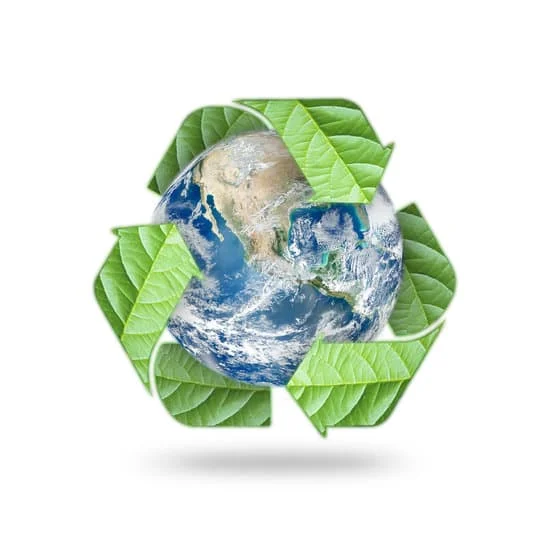
#1 Hemp Plastics Are Completely Biodegradable
One of the reasons that plastic poses such an immense threat to the environment and health of the planet is its long shelf life.
As well as the use of fossil fuels and the harmful process to produce it.
Reusing your water bottle is only a fraction of the picture. Plastic takes years to decay and furthermore, never really degrades but merely breaks down into toxic microplastics.
Taking into account other plastic products and their frequent use, we have a serious problem on our hands.
Walk into a grocery store and take a look at how many products use plastic packaging. Then consider how many millions of Americans are buying and throwing out these products each week.
Further, think about how much plastic is in use on a global scale each day.
It is easy to see how the problem of plastic pollution is continuously expanding around the globe.
On the other hand, unlike conventional plastic, hemp plastics don’t cause permanent pollution.
Being fully biodegradable, hemp plastics can protect the environment from these toxins.
We are inseparable from our environment. If our environment is experiencing extreme pollution and severe damage, so are we.
Moreover, in the right conditions, hemp plastic can take around 3-6 years at most to fully decompose.
This is quite remarkable in comparison to traditional plastics.
Hemp plastics can also be recycled indefinitely, without any toxic chemical emissions.
Some may argue that the recycling of petrol-based plastics is a solution. However, those plastics are chemical-laden and toxic to both animals and humans.
Conventional recycled plastics contain harmful substances that inevitably end up in the environment, like BPA.
Plastic made from hemp does not require and omits these life-threatening toxins.
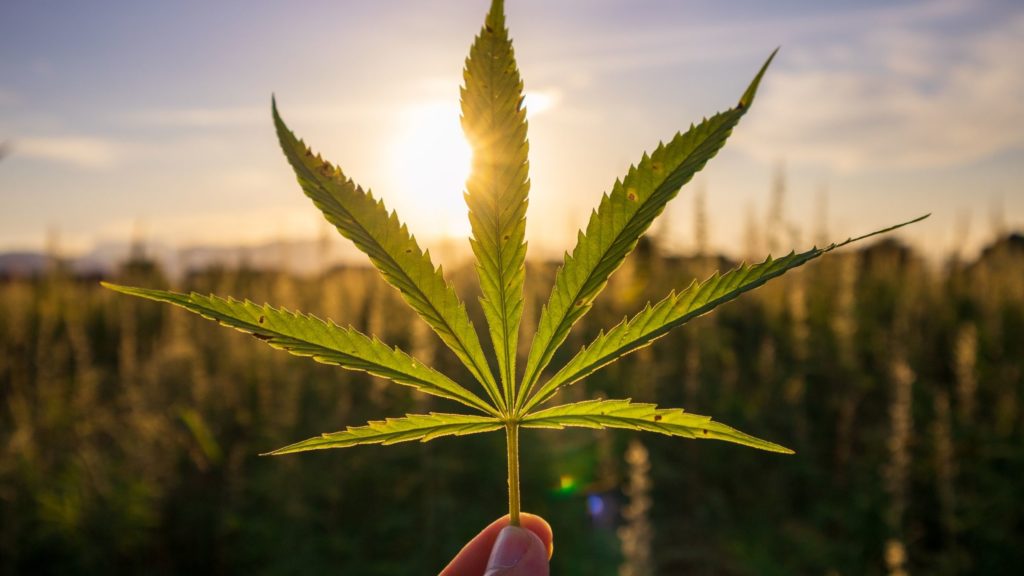
#2 Hemp Plastic Does Not Contain Any Toxic Chemicals
If it’s not abundantly clear at this point, plastic is undoubtedly dangerous for our health.
Additionally, it is important to note that conventional plastics contain endocrine disruptors.
BPA, an endocrine disruptor, interferes with the human endocrine system (aka hormones). Endocrine disruptors act similarly to the hormone estrogen once inside the body. An excess of estrogen can cause many health problems down the line.
So what makes this so harmful?
A hormonal imbalance can lead to the development of tumors and other cancers in the body.
Furthermore, endocrine disruptors have links to birth defects, cancer, learning disabilities, and other life-threatening conditions.
The dangers of toxic chemicals from conventional plastics aren’t limited to the human body…
Endocrine disruptors are also capable of leaching into the soil or groundwater, which can then result in severe health effects for us and damage to our natural environment.
However, hemp plastics, on the other hand, do not have any endocrine disruptors.
In addition, the manufacturing of hemp plastics does not release any toxins into the air during production.
Why destroy the environment and cause irreparable damage to our health when we have this super crop known as hemp?
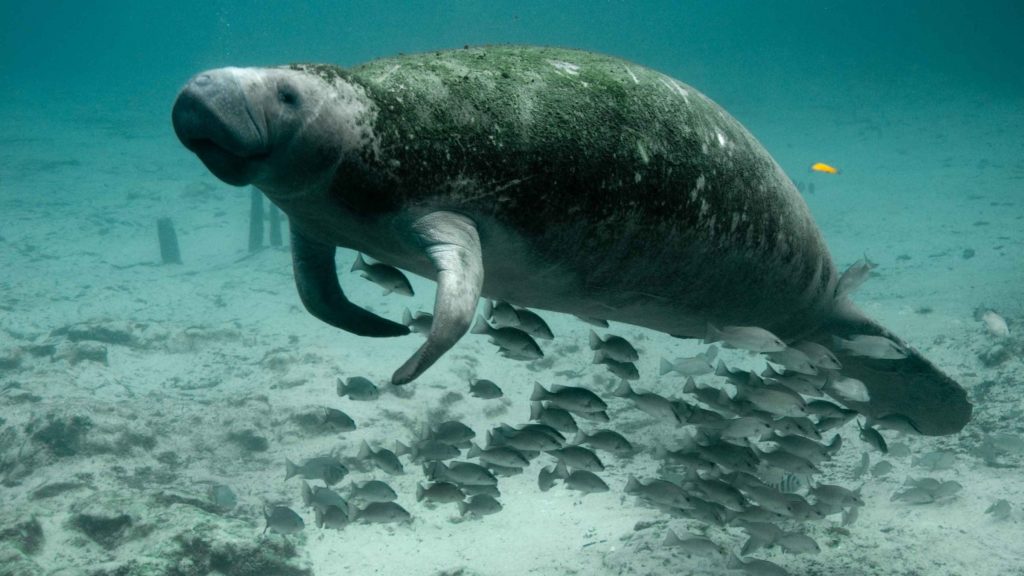
#3 Hemp-Based Plastic Can Help Save Endangered Wildlife
Conventional plastics are causing alarming levels of ocean pollution.
A study by the Commonwealth Scientific, Industrial Research Organization, and the Imperial College of London made the discovery that approximately 60% of seabirds today have toxic contamination as a result of plastic consumption.
They predict that by 2050, this number could reach up to 99% if we continue at the current rate.
How does plastic end up in ecosystems?
Upon exposure to the sun, plastic begins to break down and its harmful chemicals release into its surroundings.
These tiny pieces of plastics and microplastics end up being eaten by marine and other aquatic life.
The more plastic degrades, the more it makes its way down the food chain.
Plastic is not something that animals, just like humans, are designed to consume.
Ingesting plastic can cause a plethora of adverse health effects. Many of which we may not be fully aware of.
Hemp materials, however, are completely biodegradable.
This means that plastics made from hemp can be applied in the same way conventional plastic is. However, it is biodegradable and non-toxic.
Instead of overfilling our oceans with toxic petroleum plastics, it is entirely possible to create sustainable programs to recycle hemp products safely.
#4 Everything Made Of Plastic Can Also Be Made Out Of Hemp
The thousands of plastic products we use on a daily basis can all be made from biodegradable hemp material instead of petroleum.
Petroleum is a fossil fuel and non-renewable resource.
It causes astronomical damage to the environment through drilling and the manufacturing process.
Hemp plastics can easily mold into almost any shape. Here are just a few different uses for hemp-polymers:
- Electronics
- Containers
- Toys
- Cosmetics
- Bottles
- Bags
- Car Parts
- Boats
- Furniture
This is only a partial list of potential hemp products which could help eliminate the use of petroleum-plastics within our environment.
Hemp plastics can replace toxic, conventional plastics in every way.
Unlike petrochemical materials, manufacturing hemp plastics is much more cost-effective and environmentally friendly than the petrochemical counterparts.
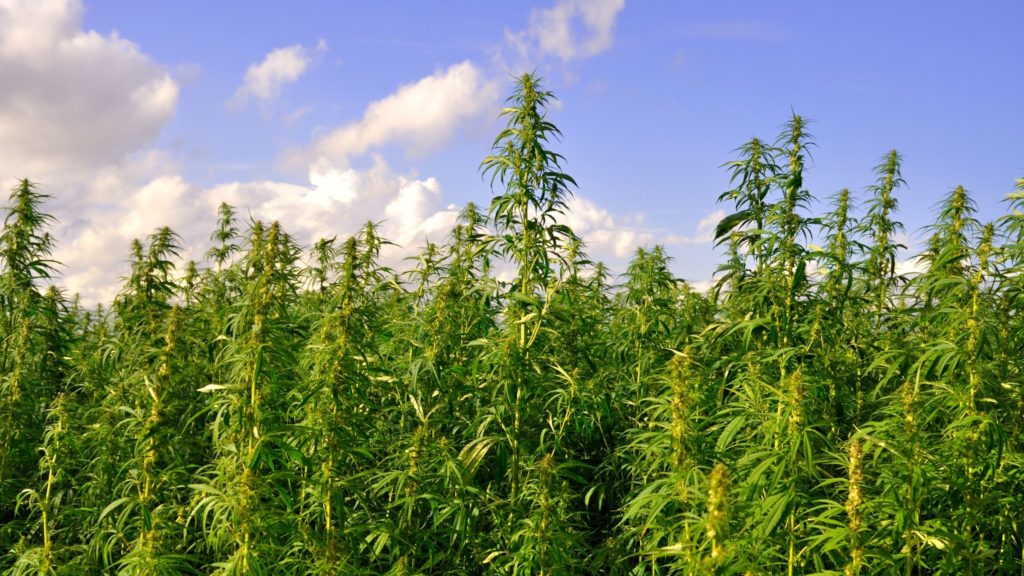
#5 Hemp Plastics Can Withstand More Pressure Than Petroleum Plastics
Hemp plastics are about 5 times more durable and 3.5 times stronger than polypropylene, the most common plastic.
In addition, they’re also much lighter. This greatly diversifies hemp from the other manufacturing materials.
As previously noted, hemp does not pose the same health risks that other plastics do.
Additionally, hemp plastics are both much stronger and safer than regular plastics.
These attributes make hemp the superior and clear cut choice over conventional plastics.
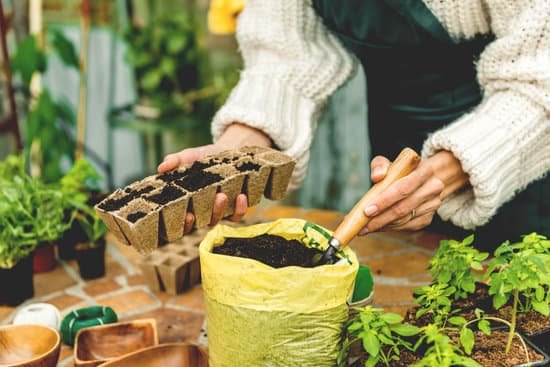
#6 Hemp Plastics Lower The Amount Of Environmental Pollutants
There is currently more carbon dioxide in the atmosphere now than there has been at any other time in history, over the last 80,000 years.
The rising carbon dioxide levels are responsible for the warming the earth’s surface.
This phenomenon is also known as the greenhouse effect.
A large portion of the rise in carbon dioxide level is due to fossil fuels.
As we mention earlier, conventional plastics are made of petroleum fossil fuels. Thus, the plastic industry is largely responsible for the increasing carbon dioxide emissions.
Furthermore, hemp products are more than capable of reducing greenhouse effects. Hemp is a super crop. When it is planted and grown in the soil, it actually has the ability to sequester carbon from the atmosphere and put it back into the ground where it belongs.
Along with the petroleum industry, conventional agriculture and monoculture have led to an increase in greenhouse gases.
Conventional agriculture releases tons of carbon from the soil through tilling and monoculture. Carbon thus evaporates from the ground and goes into the atmosphere, causing global warming.
Hemp, on the other hand, has the extraordinary ability to pull carbon from the atmosphere and put it back into the soil, which is one of the largest carbon sinks in the world.
Hemp has the potential to generate zero waste from seed to sale.
From sequestering carbon from the atmosphere and putting it back into the soil, to generating biodegradable plastics – hemp is the catalyst to moving towards a more sustainable world.
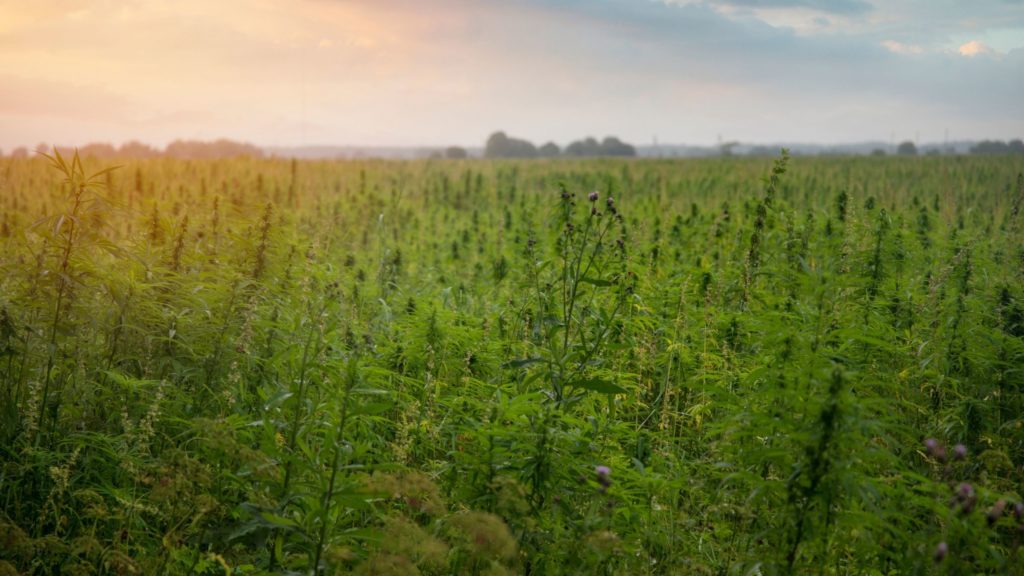
#7 Hemp Plastics Are A Renewable Resource
As we mention above, hemp enriches the environment from the moment the seed is planted.
In addition to hemp being a soil remediator, hemp is a strong plant with deep roots.
This helps avoid soil erosion which in turn reduces water waste and pollution.
Hemp can also be grown in the same soil over and over again for years without compromising its quality. Unlike conventional monocrop plants. Hemp additonally pulls heavy metals out of the soil while putting carbon back into the soil.
Not to mention that hemp can be put to use to make a variety of healthy diet alternatives as well.
Even when hemp is made into plastics, it can still be sustainably produced.
Furthermore, it is possible that these renewable plastics can go through a full decomposition process in a matter of months.
Though this require the right conditions, even at its slowest rate, it’s still vast improvement in comparison.
This is quite unlike the traditional plastics which can take an indefinite amount of time to decompose while releasing toxins in the process.
Plastics made from conventional materials are clearly no longer a viable option.
There is an alternative and it’s right in front of us.
Hemp is the only natural resource that has many different capabilities while being beneficial to both people and the planet.
From seed to harvest, hemp can be reused again and again. Although hemp is not the solution to all of our environmental or health problems, it is a great starting point.
How Hemp Plastic is Made:
Hemp plastic is a bioplastic made using fibers from the hemp plant. It is a sustainable alternative to traditional plastics made from petrochemicals. Here is a simplified step-by-step process of making hemp plastic:
Step 1: Cultivation of Hemp
- Hemp Planting: Hemp seeds are sown and cultivated. Hemp is a versatile plant that can grow in various climates and soil types.
- Hemp Harvesting: Once mature, the hemp plants are harvested.
Step 2: Processing Hemp Fibers
- Retting: The harvested hemp stalks undergo a process called retting, where they are left to decompose partially, allowing the fibers to be separated from the stem.
- Decortication: The fibers are then separated from the stem through a mechanical process called decortication.
- Processing: The separated fibers are processed and cleaned to remove any remaining impurities.
Step 3: Creating Hemp Pulp
- Pulping: The cleaned fibers are then pulped, typically using a combination of heat, chemicals, and mechanical action, to create a slurry of fibers.
- Refining: The slurry is refined to produce a consistent pulp, which can be used as the base material for making hemp plastic.
Step 4: Producing Hemp Plastic
- Mixing with Polymer: The hemp pulp is mixed with a biodegradable polymer. The polymer can be derived from renewable resources like corn starch or can be a synthetic biodegradable polymer.
- Additives: Various additives can be mixed in to give the plastic specific properties, such as color, strength, flexibility, etc.
Step 5: Molding/Shaping
- Molding: The hemp plastic mixture is then molded into the desired shape using various molding processes like injection molding, blow molding, or compression molding.
- Cooling and Setting: The molded plastic is cooled and allowed to set into its final form.
Step 6: Finishing
- Trimming and Polishing: Once the plastic has set, any excess material is trimmed off, and the surface is polished if necessary.
- Quality Check: The final product undergoes quality checks to ensure it meets the required standards.
Step 7: End of Life
- Composting: Being biodegradable, hemp plastic products can be composted at the end of their life cycle, returning nutrients to the soil and reducing waste.
Considerations:
- The specific steps and processes can vary depending on the desired properties of the final product and the type of bioplastic being produced.
- The development and use of hemp plastics are still in the early stages, and ongoing research is aimed at improving the properties and production processes of hemp-based bioplastics.
We offer online and in-person courses that will make you a hemp cultivating expert in no time! Do your part in mitigating climate change and sign up today!

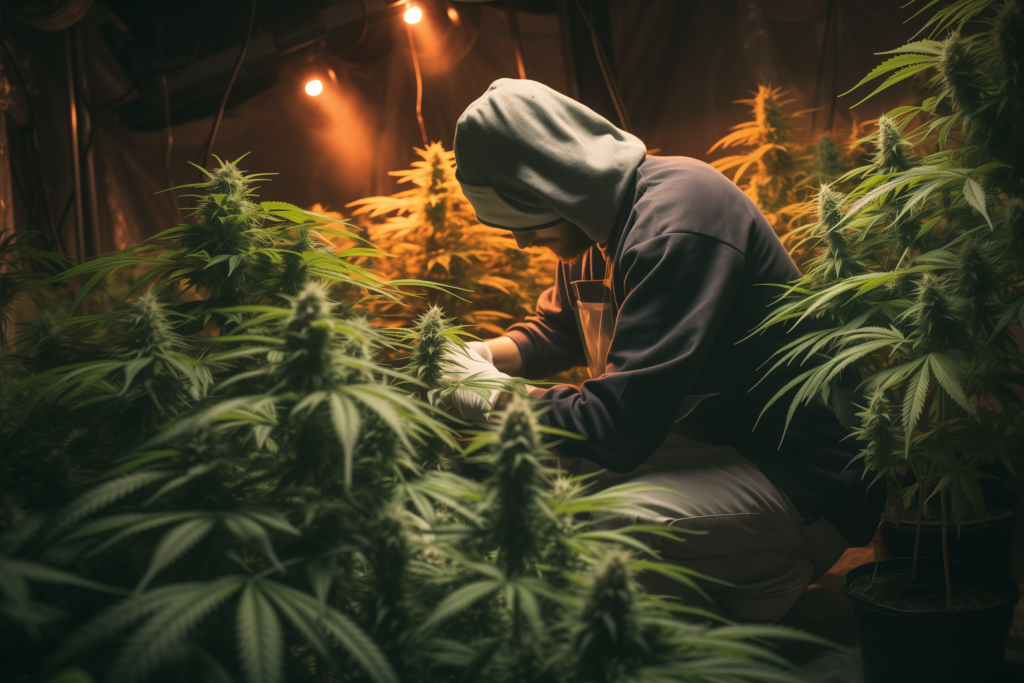
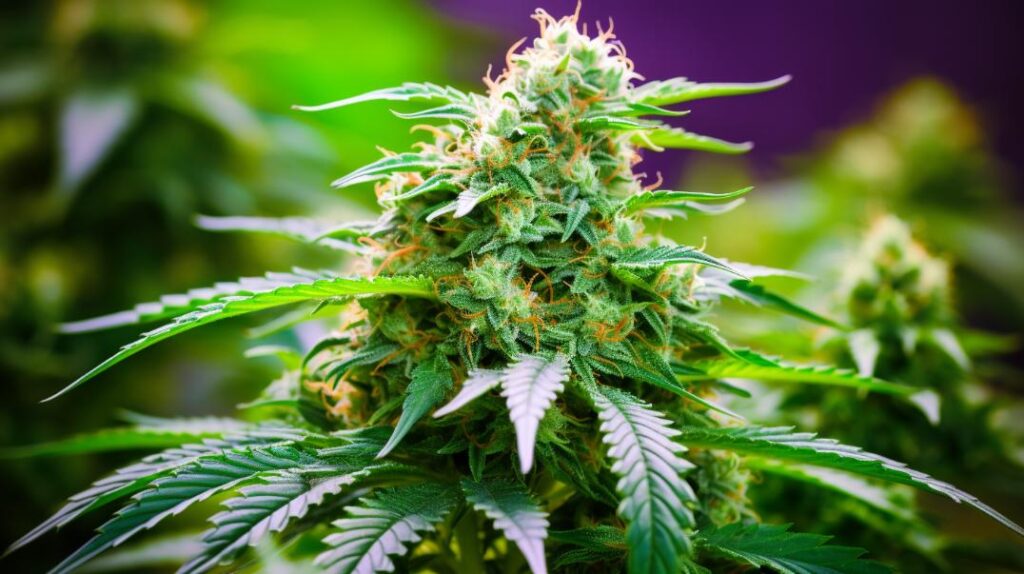
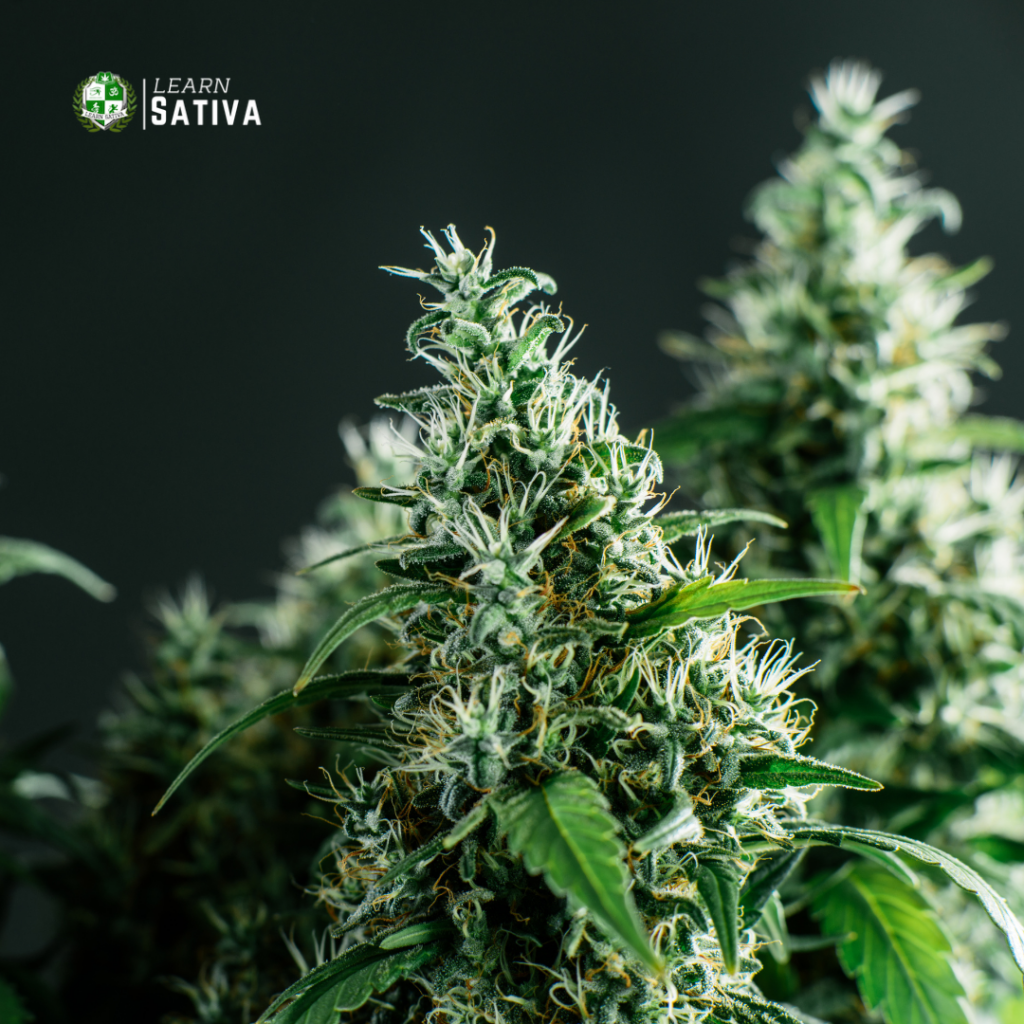
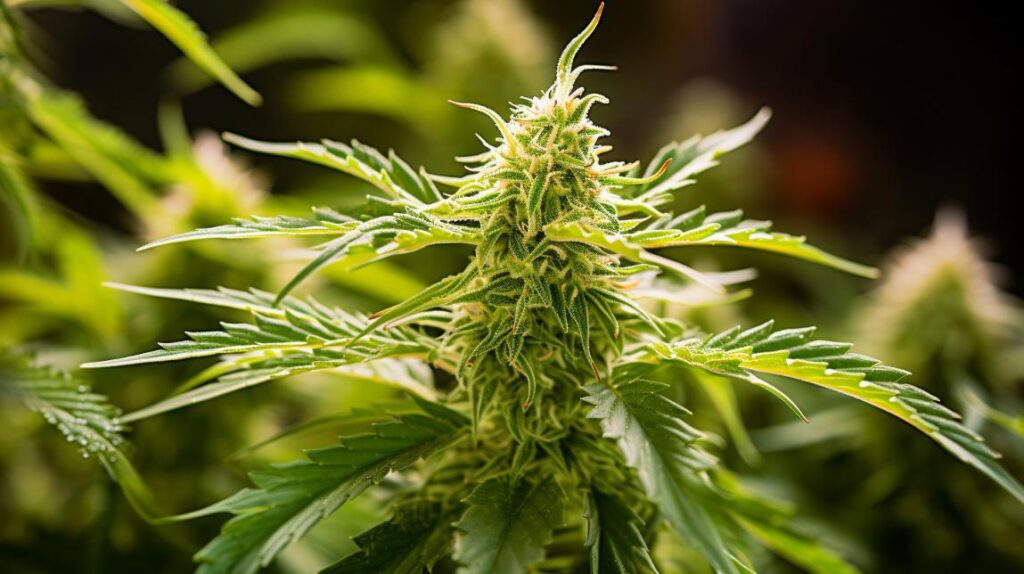
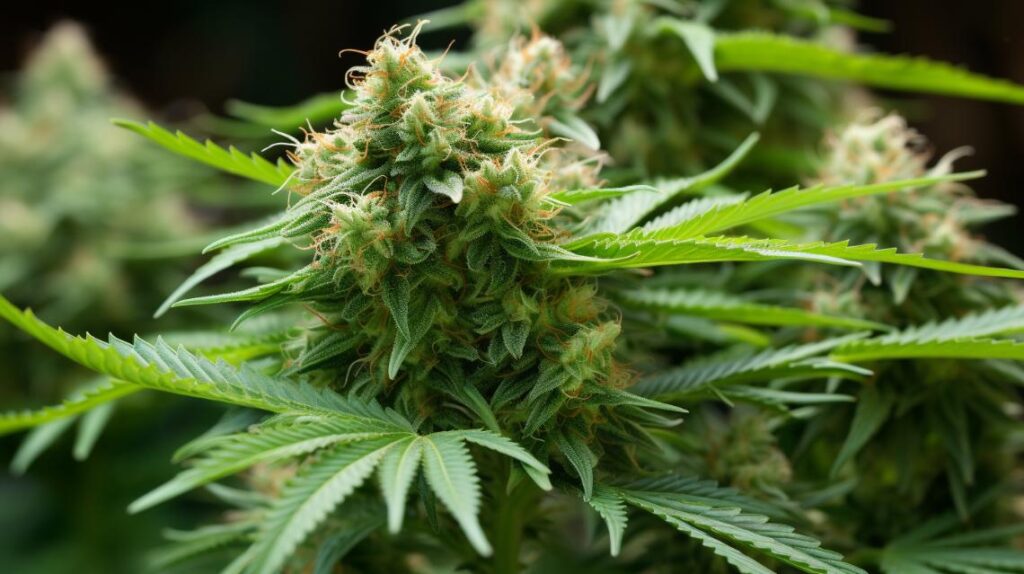

Responses